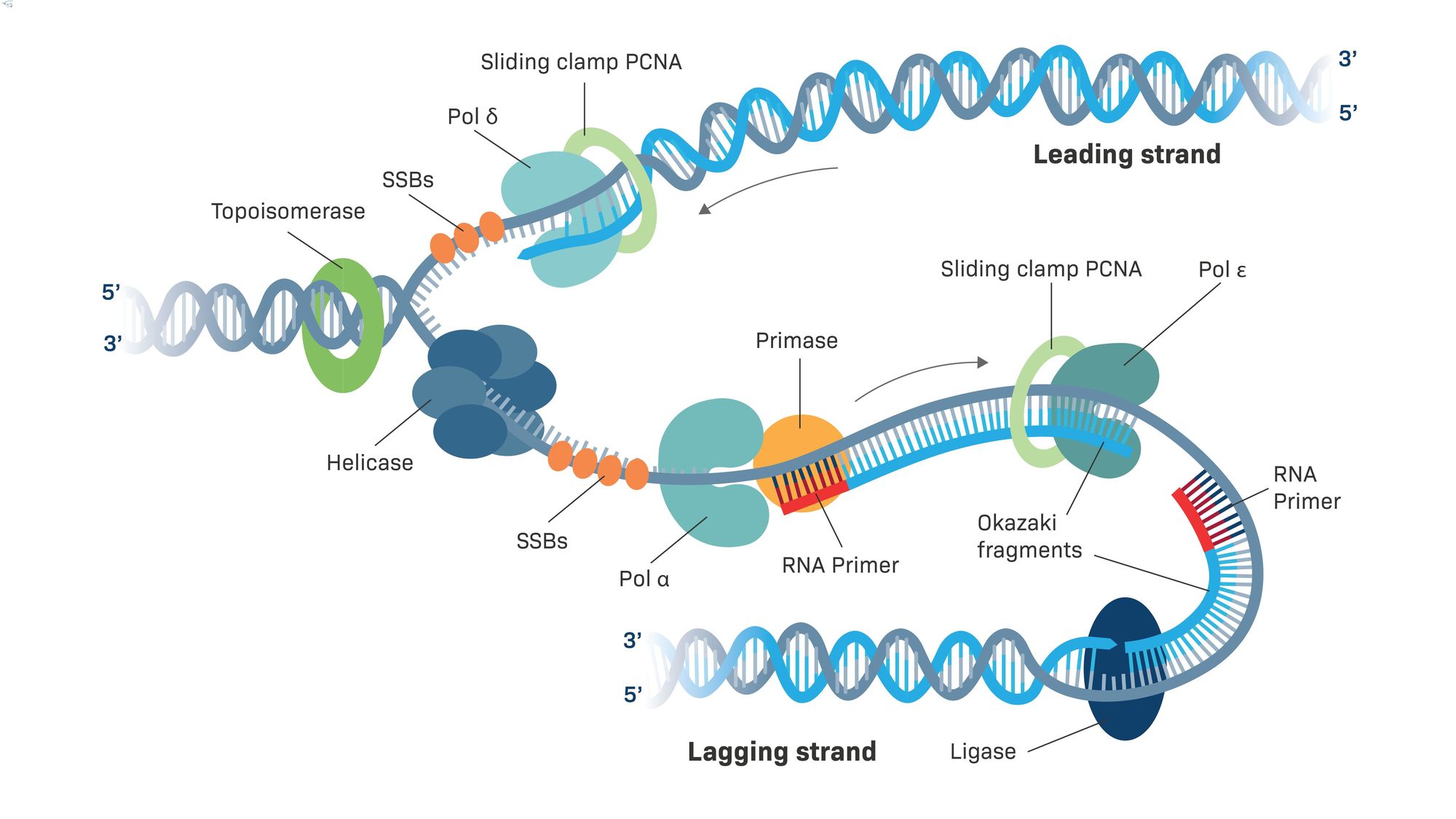
Ever heard of a supernumerary phantom limb? This phenomenon occurs when individuals feel sensations in an extra limb that doesn't physically exist. Imagine feeling an itch on an arm that isn't there or trying to grasp something with an invisible hand. Supernumerary phantom limbs are fascinating because they challenge our understanding of the brain and body connection. These sensations often arise after a stroke or brain injury, leading to a mix of curiosity and confusion. Understanding this condition can help us learn more about how the brain maps our body and adapts to changes. Ready to dive into 40 intriguing facts about this mind-bending topic? Let's get started!
Key Takeaways:
- Supernumerary phantom limbs are rare perceptions of extra limbs, often linked to neurological conditions. They can feel real and impact daily life, but treatments like mirror therapy and medications can help manage the sensations.
- Historical and cultural perspectives show that phantom limbs have fascinated people for centuries. Ongoing research aims to understand the condition's neural mechanisms and develop more effective treatments.
What is a Supernumerary Phantom Limb?
A supernumerary phantom limb is a rare and fascinating phenomenon where individuals perceive an extra limb that isn't physically present. This condition often occurs after a stroke, amputation, or other neurological events. Let's dive into some intriguing facts about this unusual experience.
- The term "supernumerary" means "extra" or "more than the usual number."
- Phantom limbs are typically associated with amputees, but supernumerary phantom limbs can occur in individuals with all their limbs intact.
- This phenomenon is often linked to neurological conditions, such as strokes or brain injuries.
- People with supernumerary phantom limbs can often "feel" and "move" these non-existent limbs.
- The extra limb can be perceived as fully functional, even though it doesn't exist physically.
Causes and Triggers
Understanding what causes supernumerary phantom limbs can help in managing the condition. Here are some key points about the triggers and underlying factors.
- Brain injuries, especially those affecting the parietal lobe, are common triggers.
- Strokes can disrupt normal brain function, leading to the perception of an extra limb.
- Some cases are linked to epilepsy, where seizures affect brain regions responsible for body perception.
- Tumors in the brain can also cause this phenomenon by pressing on or damaging specific areas.
- Psychological factors, such as stress or trauma, may exacerbate the condition.
Sensations and Experiences
The sensations associated with supernumerary phantom limbs can be quite vivid and varied. Here are some common experiences reported by individuals.
- Many people feel as though they can move the phantom limb just like a real one.
- Some report sensations of touch, temperature, or pain in the phantom limb.
- The extra limb can sometimes feel heavier or lighter than a real limb.
- In some cases, the phantom limb feels like it is stuck in an awkward position.
- The sensations can be so realistic that individuals might try to use the phantom limb for tasks.
Medical and Psychological Implications
Supernumerary phantom limbs can have significant medical and psychological impacts. Here are some important considerations.
- The condition can cause distress and confusion for those experiencing it.
- It may interfere with daily activities, especially if the phantom limb feels painful or uncomfortable.
- Some individuals might develop anxiety or depression due to the persistent sensations.
- Understanding the condition can help in providing appropriate psychological support.
- Medical professionals often use brain imaging techniques to study and diagnose the phenomenon.
Treatment and Management
While there is no cure for supernumerary phantom limbs, various treatments can help manage the symptoms. Here are some common approaches.
- Mirror therapy, where a mirror is used to create the illusion of the missing limb, can sometimes alleviate symptoms.
- Medications, such as pain relievers or antidepressants, may be prescribed to manage discomfort.
- Physical therapy can help individuals adapt to the sensations and improve their quality of life.
- Cognitive-behavioral therapy (CBT) can address the psychological impact of the condition.
- Neuromodulation techniques, like transcranial magnetic stimulation (TMS), are being explored as potential treatments.
Historical and Cultural Perspectives
Supernumerary phantom limbs have been documented throughout history and across cultures. Here are some interesting historical and cultural facts.
- Ancient texts and medical writings have described cases of phantom limbs for centuries.
- Some cultures interpret phantom limbs as spiritual or supernatural phenomena.
- Historical figures, such as Lord Nelson, reported experiencing phantom limb sensations after losing an arm.
- The condition has been a subject of fascination and study in both medical and psychological fields.
- Modern technology and research have provided new insights into the neurological basis of the phenomenon.
Research and Future Directions
Ongoing research continues to shed light on supernumerary phantom limbs and potential treatments. Here are some current trends and future directions in the field.
- Advances in brain imaging techniques are helping scientists understand the neural mechanisms behind the condition.
- Researchers are exploring the role of neuroplasticity in the development and management of phantom limbs.
- Virtual reality (VR) is being used to create immersive therapies for individuals with phantom limb sensations.
- Studies are investigating the genetic factors that might predispose individuals to experience phantom limbs.
- Collaborative research efforts are focusing on developing more effective treatments and interventions.
Personal Stories and Anecdotes
Hearing personal stories can provide a deeper understanding of what it's like to live with a supernumerary phantom limb. Here are some notable anecdotes.
- One individual described feeling an extra arm that seemed to help with daily tasks, despite its non-existence.
- Another person reported that their phantom limb felt like it was constantly burning, causing significant distress.
- A stroke survivor shared how they used mirror therapy to reduce the discomfort of their phantom limb.
- Some individuals find creative ways to incorporate their phantom limb into their lives, such as using it in artistic expressions.
- Personal stories highlight the diverse experiences and challenges faced by those with supernumerary phantom limbs.
Final Thoughts on Supernumerary Phantom Limb
Supernumerary phantom limb is a fascinating phenomenon where individuals feel extra limbs that aren't physically present. This condition often occurs after a stroke or brain injury, affecting the brain's perception of the body. Understanding this condition can help improve treatments for those experiencing it.
Research shows that therapy and rehabilitation can sometimes reduce these sensations. Scientists continue to study this phenomenon to uncover more about how the brain works.
If you or someone you know experiences supernumerary phantom limb, seeking medical advice is crucial. Early intervention can make a significant difference.
Stay curious and informed about the wonders of the human brain. It’s a complex organ that still holds many mysteries. Thanks for joining us on this journey into the world of supernumerary phantom limbs.
Frequently Asked Questions
Was this page helpful?
Our commitment to delivering trustworthy and engaging content is at the heart of what we do. Each fact on our site is contributed by real users like you, bringing a wealth of diverse insights and information. To ensure the highest standards of accuracy and reliability, our dedicated editors meticulously review each submission. This process guarantees that the facts we share are not only fascinating but also credible. Trust in our commitment to quality and authenticity as you explore and learn with us.


